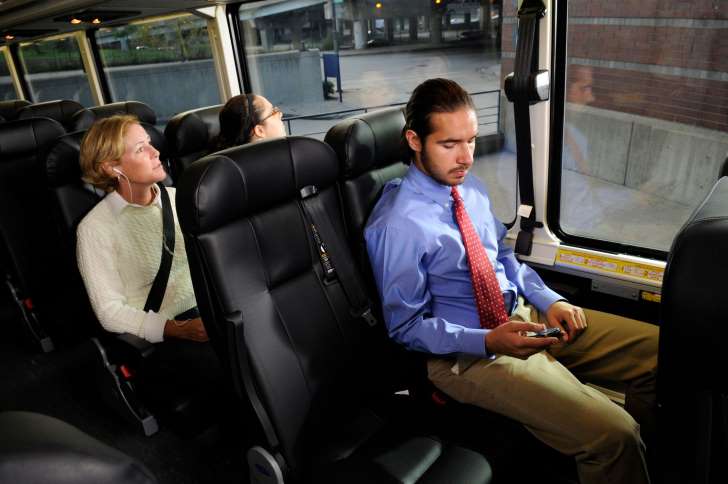If I’ve said it once, I’ve said it a thousand times: Avoid doing anything you would not want anyone in the world to know on public Wi-Fi. You may think you’re safe in that busy café or big-name hotel, but public Wi-Fi is a major liability.
It doesn’t matter how safe the connection seems to be; your computer is vulnerable to hackers because you have no idea who is really in charge of that router or who has access to it and all the data that passes through it. Knowledge is power.
There are lots of ways to protect yourself, of course. Your best defense is a virtual private network (VPN), which can prevent nosy strangers from snooping on your browser. You can also employ the usual firewalls and antivirus software to defend your computer from hackers and malware.
Even the best security systems have their weaknesses, and you have likely never heard of this one: File sharing on a public network can expose your computer to data thieves.
This is a scary problem because you may not even realize that you’re sharing files. But if your computer is on the wrong setting, you may attract any number of cyber-criminals. So how do you make sure your computer isn’t leaking information by accident?
File Sharing
File sharing is very handy, especially for groups of people. Whether you’re using iCloud, Dropbox, or Google Drive, file sharing allows a large team to work on a single project at once, or families to browse digital photo albums, or data specialists to organize large batches of information. This is very convenient, as long as you’re on your own secure network.
But if you’re sharing files on public Wi-Fi, your folders may be accessible to anyone connected to the same public network. In other words, file sharing automatically exposes your computer and everything you intend to share. Your vacation photos may end up in the wrong hands, and so could your contracts, spreadsheets, and tax information.
In fact, you don’t have to be a hacker to take advantage of shared folders. Anyone who looks around their network folders can instantly run a search and find unguarded files.
It works the other way around too.
An attacker can also set up a shared folder with malicious files. You may stumble into the mysterious folder and think, “Wait a minute, where did this come from?” Then you click on it, releasing the malware onto the desktop. There are other ways you can get into trouble.
Want to ensure your privacy? Make sure to turn off file sharing before you connect to public WiFi. Here’s how to do it:
Turn off file sharing on Windows
1. Search for “Control Panel” then click on the best match to open it.
2. Under “Network and Internet,” click on “View network status and tasks.”
3. On the next page, click “Change advanced sharing settings.”
4. Under “File and printer sharing,” tick off “Turn off file and printer sharing.”
5. To prevent network snoopers from seeing your computer, tick off “Turn off network discovery” too.
6. Save changes.
Turn off file sharing on a Mac:
1. Open your Mac’s System Preferences (the gear icon on your dock).
2. Click on the “Sharing” icon.
3. On the next “Sharing Page,” uncheck File Sharing.
4. I also recommend that you uncheck all the other sharing services here when connecting to public Wi-Fi.
5. Close the window and you’re set.
Turn file sharing back on
Okay, you’re done your business, and now you can log off of public Wi-Fi. You’ve taken all the necessary precautions, and there’s a good chance none of your information was compromised.
Just remember to switch your file sharing back on when you get back to your home or office. None of these services will work unless you restore your regular settings. When you’re back on your secure server, you can continue sharing to your heart’s content.
How else can you protect yourself from digital intrusion? Be sure to listen or download my podcasts, or click here to find it on your local radio station. You can listen to the Kim Komando Show on your phone, tablet or computer. From buying advice to digital life issues, click here for my free podcasts.




























